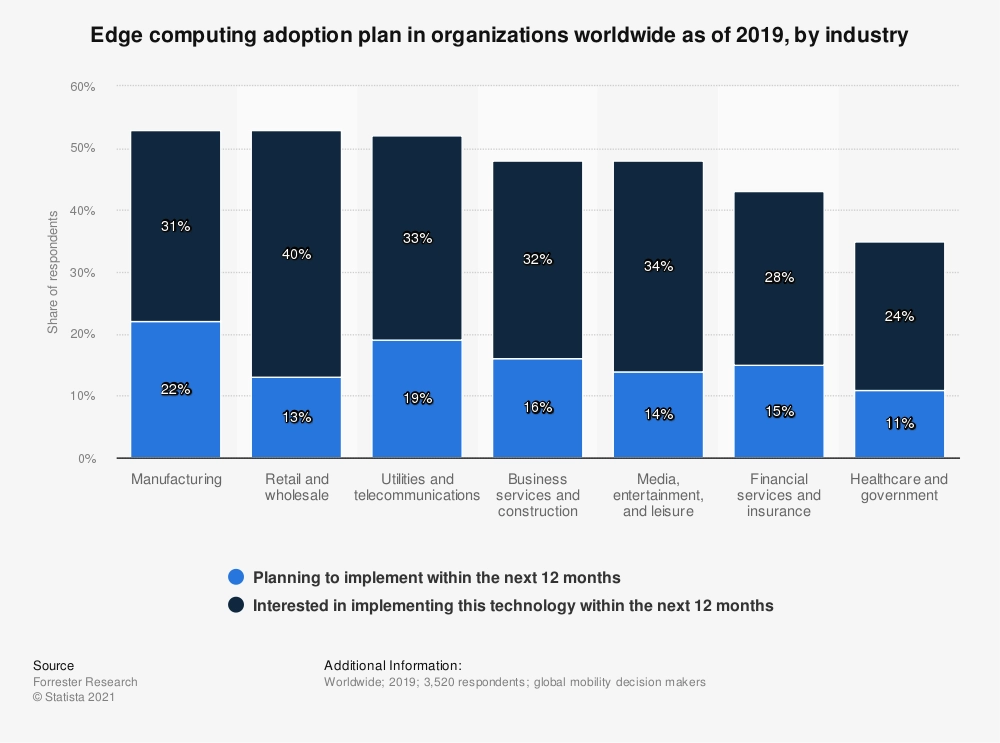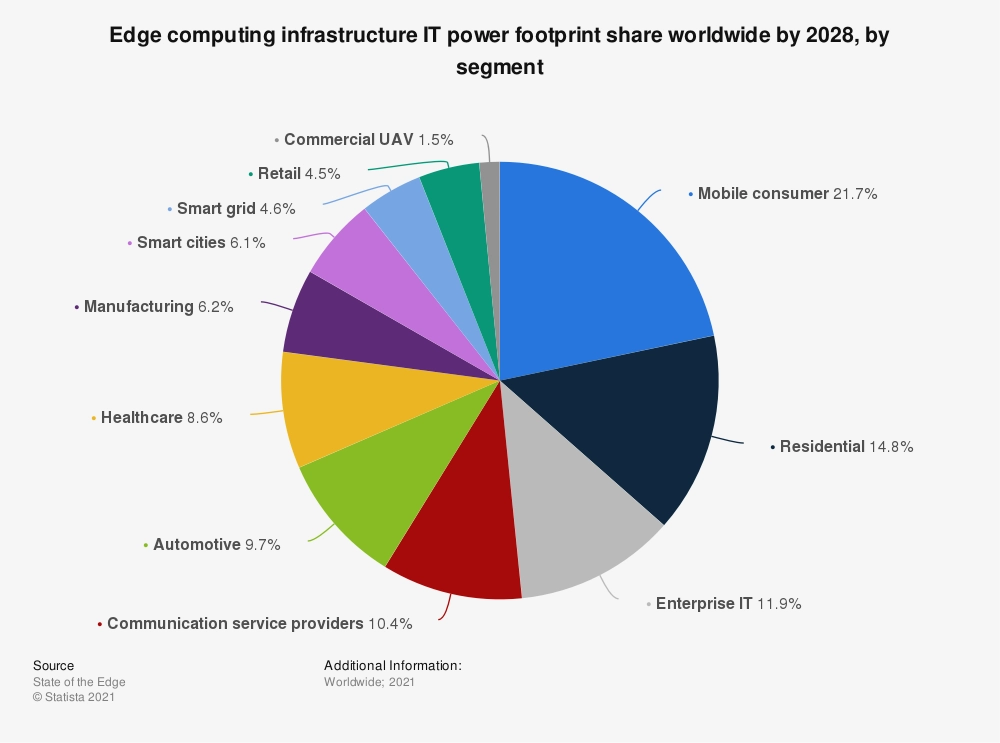Bringing the Edge to Retail: How AI-Powered Computing Redefines Brick & Mortar
The retail industry’s technology adoption has been slow but steady. As data becomes more critical to the customer journey, the sector needs new ways to process and manage the data where it is, which could be hundreds or thousands of locations. Realizing this goal will depend upon edge computing, a powerful computational weight that can absorb, process, and make actionable decisions out of increasingly bloated data sets. So, how can retailers reimagine their infrastructure and data processing with a technology that, on the surface, seems complex?
The Edge Isn’t Your Data Center, It’s Your Store
In referencing edge computing, it relates to everything outside the data center. For retail, that’s their brick-and-mortar stores.
“Retail’s edge is the store. It’s where the data of customers and process lives,” said CEO of Hivecell, an edge-as-a-service provider, Jeff Ricker.
This model is different from what many organizations have in place, as many have digitally transformed by adapting to cloud computing networks and infrastructure. However, retailers are realizing that the power of processing in their data centers is overkill. As a result, they are painfully aware that data insights are falling through the cracks.

“They know they aren’t putting the data to good use, but the options they see are too expensive. Legacy technology like rack-mounted servers won’t work in the stores. It can cause frustration,” Ricker said.
How Edge Computing Delivers Value at the Store Level
Edge computing provides solutions in two ways, for legacy and new deployments. First is brownfield development, which uses the edge for legacy retail processes and technology. That includes POS (point of sale) and back-of-store applications.
Companies have had some success moving to the cloud. The problem, however, as Ricker recalled, is “a struggle with autonomy.” If the network goes down, it stops the work at a large scale. With brownfield integration of edge computing, businesses can put applications designed for the cloud at the local level.
The second segment is greenfield development, which covers edge solutions for novel processes and new opportunities. That includes IoT (Internet of Things) sensor data, camera data, and other smart applications.
With all this technology at the store level, many may wonder if the customer is aware of it. They likely are not, but it’s enhancing their experience, and that is hard for customer’s to ignore an an age of omni-first retail and experiential retail.
“It supports knowing your customers,” Ricker said, and that’s key to winning the customer loyalty campaign in the 21st century.
How the Edge Contributes to Better Customer Experiences
In a retail data trends study, Lumen found that staying on top of the leading customer-driven trends is most achievable with the edge. Those include scanning items with smartphones for product information, in-app store navigation, contactless payments, and self-checkout with smartphones.
These insights align with the overall sentiment that customers desire self-service options while in-store. Enabling this makes the shopper feel safer in an era of COVID, and overall more in control of their shopping experience.
Hurdles to Retail-at-the-Edge
But like any new technology, implementing and scaling the edge has its challenges.
The edge adoption hesitancy mostly comes from concerns about scalability. How will store workers install and maintain complex hardware? It would require an army of technicians, right? That’s keeping edge value out of site.
An article from MIT Technology Review echoes that sentiment, declaring “retail’s evolution depends on edge computing.” It includes insights from top retail leaders about the challenges of deployment. Shivkumar Krishnan, Head of Stores Engineering at Gap Inc, said the biggest hurdle is “legacy infrastructure,” and noted that deployment issues were logistical in nature and hard to scale.
So, what’s the alternative?
“How you scale is having people in the store that can install and maintain it. That creates a cloud-like experience for thousands of stores with no technicians,” Ricker said.
Another big hurdle for retail location edge computing is deploying machine learning models built for the cloud; often times, they’re just unable to run at the brick & mortar store. It’s not feasible due to bandwidth and the sensitivity of the data.
Data capture and analysis delivers store-level benefits, but companies are adamant about it being anonymized. Streaming it in the cloud jeopardizes this anonymity. Then there’s the cost of running these models in the store, adding a more material layer to the potential barriers keeping edge computing out of reach for retail.

The solution, as Ricker sees it, is affordable easy-to-install hardware. Delivering the power of the edge with the simplicity of plug and play creates a path to scale. If you can get it right in your smallest footprint, you can replicate it.
When retailers can leverage such a solution, you don’t need an engineer in the data closet. On the software side, the DevOps team at your data center is still able to do all the things they did before because it looks like cloud computing to them. If they can deploy to AWS, they’ll see no differences with the edge, meaning edge computing is no longer on the “edge” of possibilities.
“Retailers can’t ignore the trends to work smarter and faster. They should adopt now, so they avoid the challenges they may have faced with the cloud,” Ricker said.








